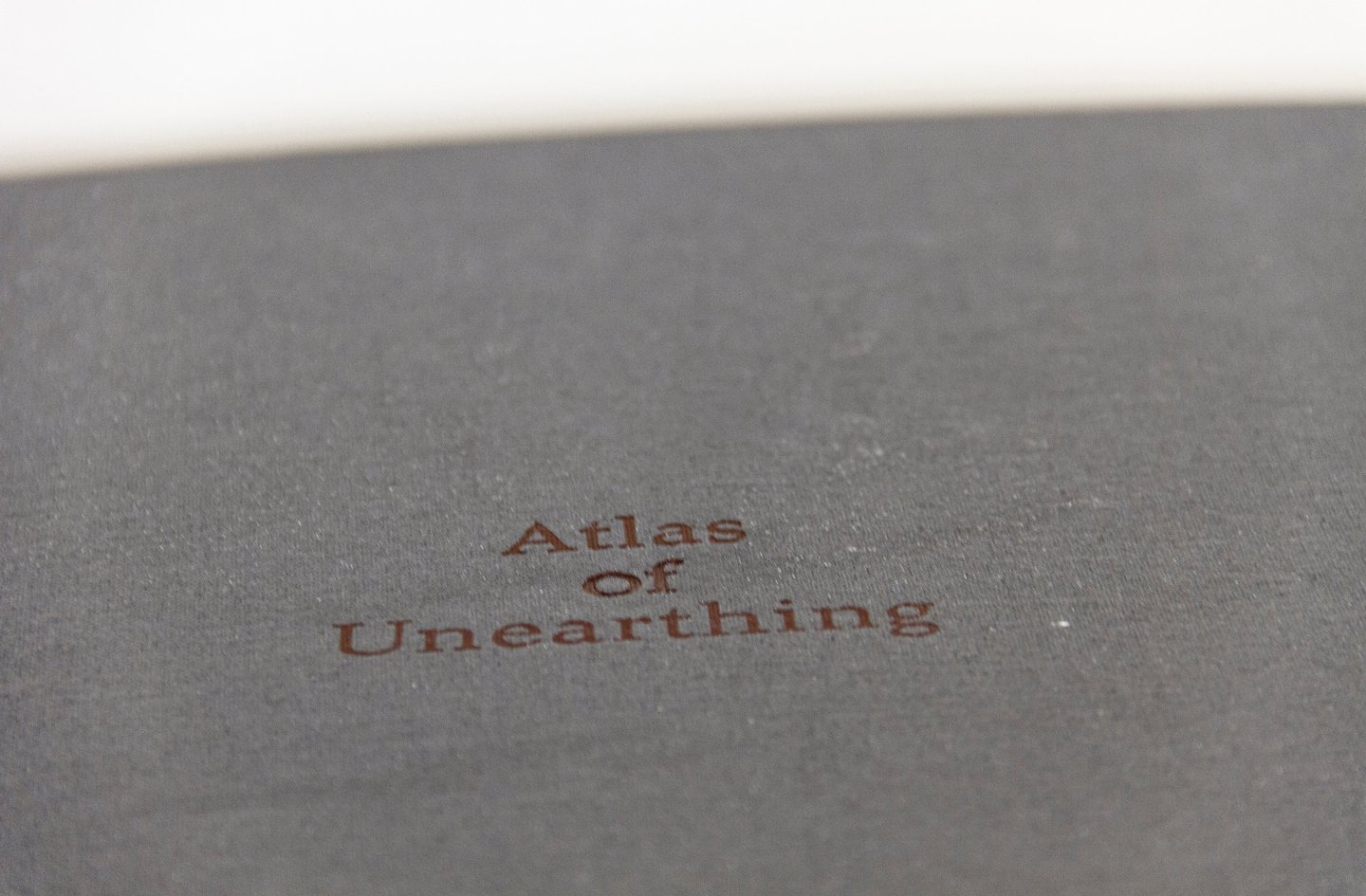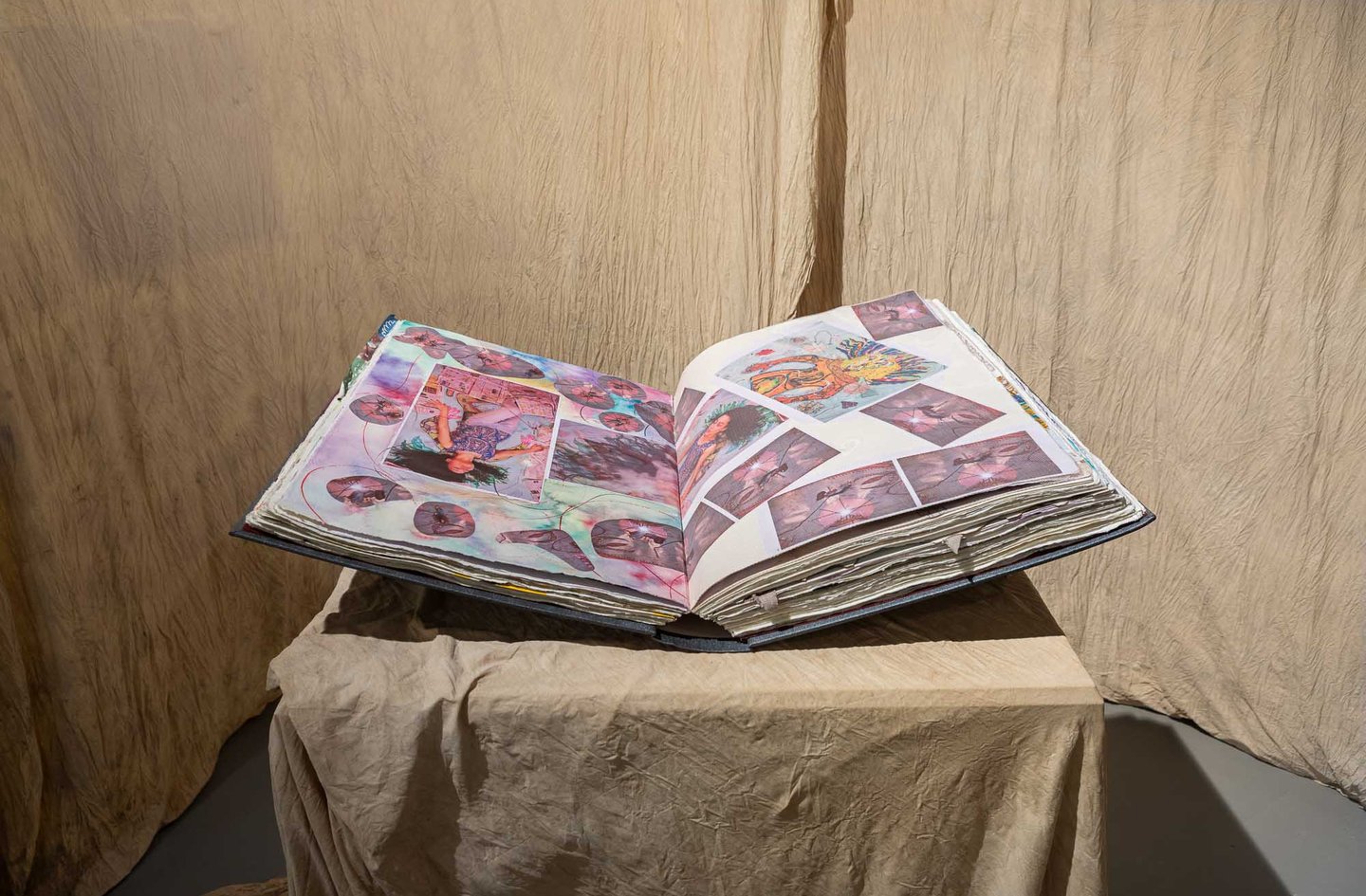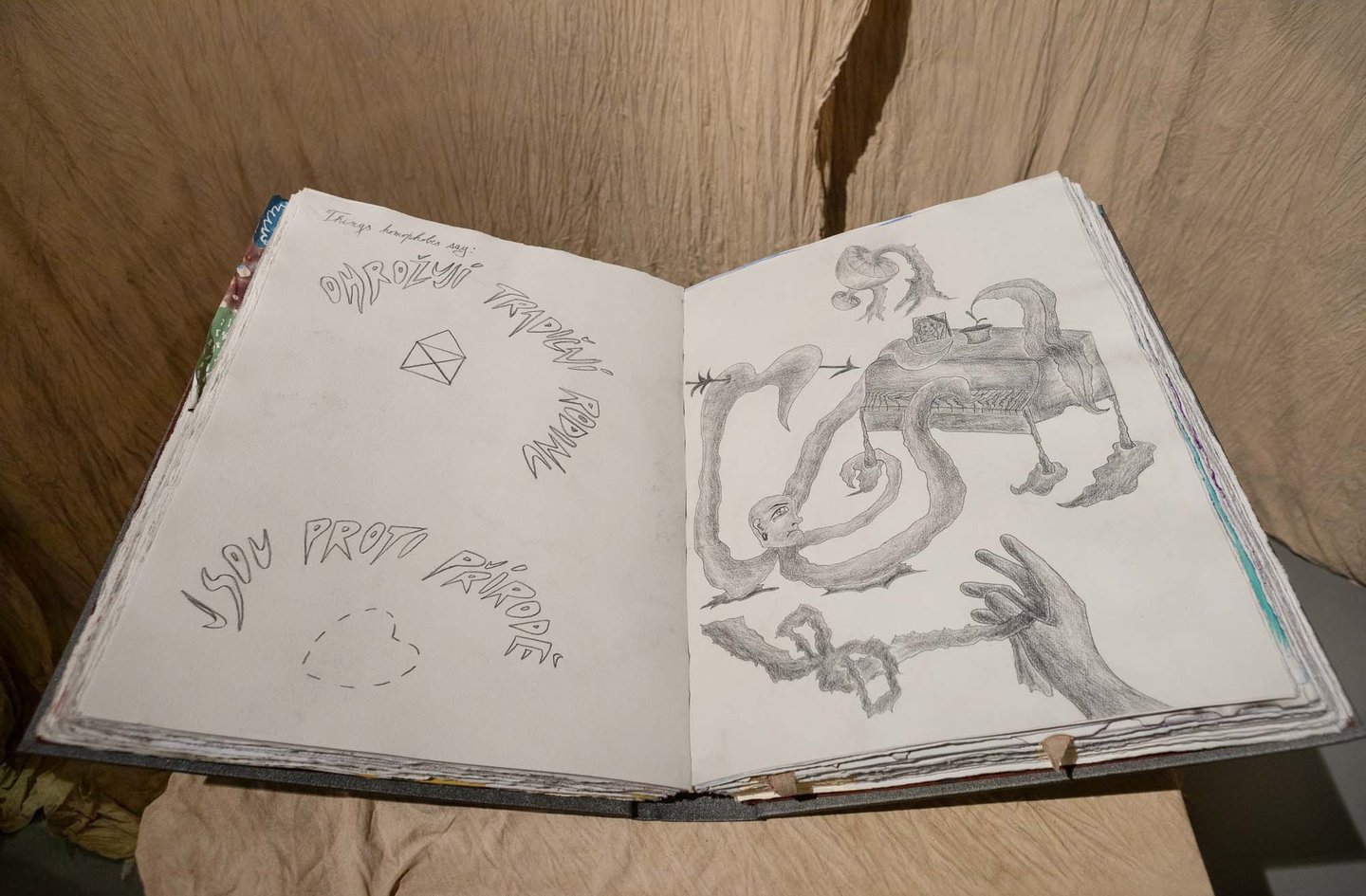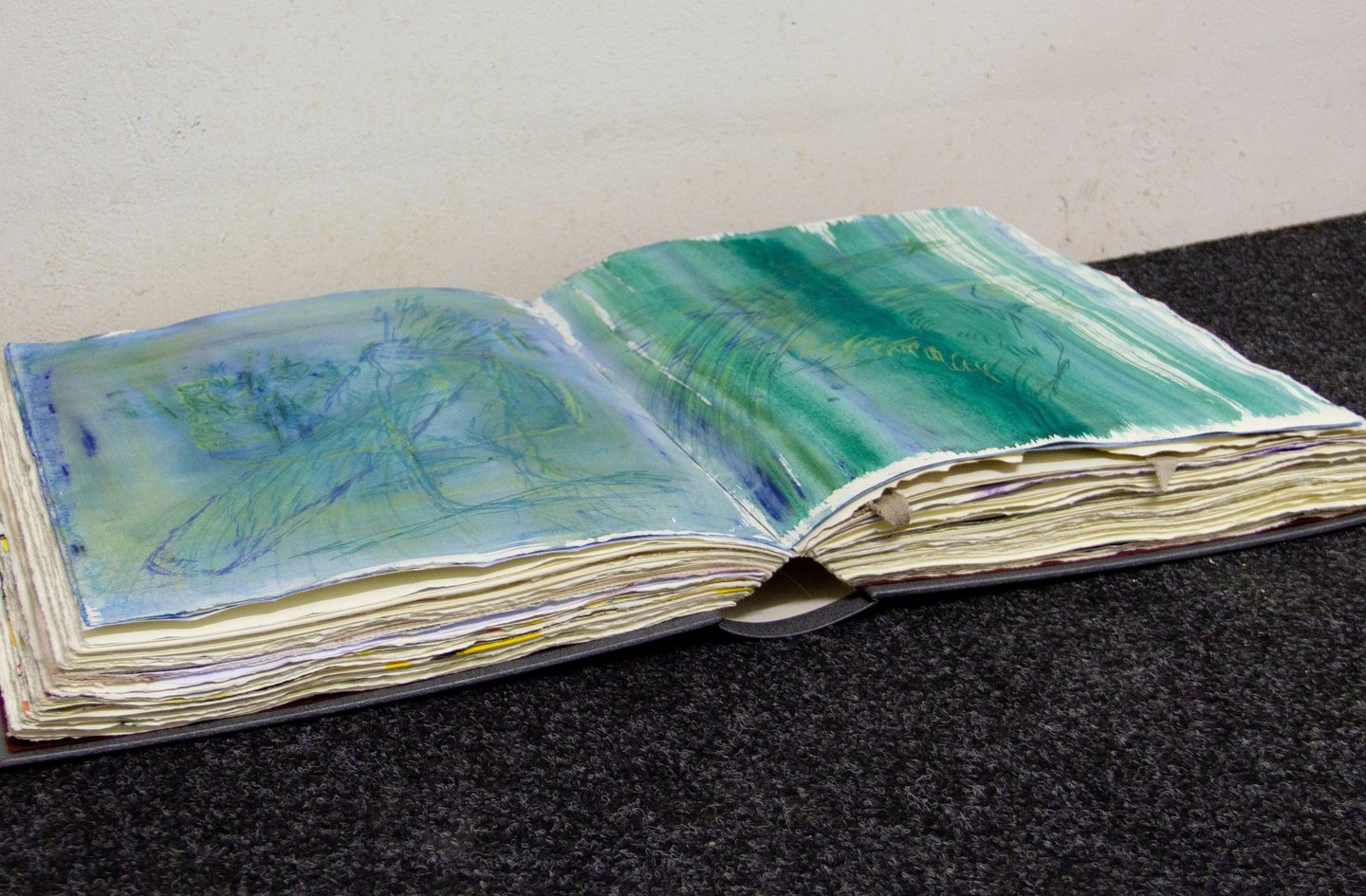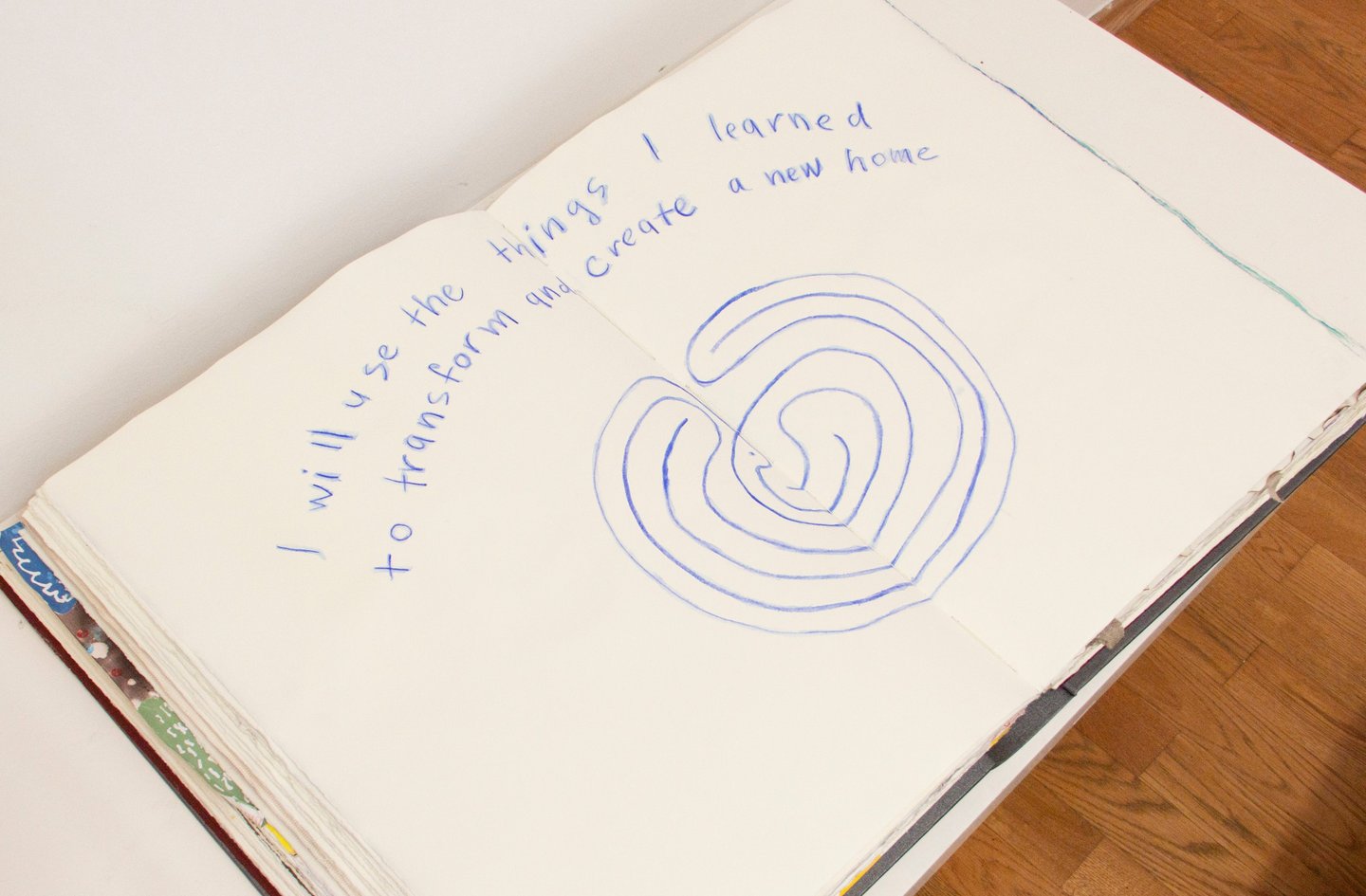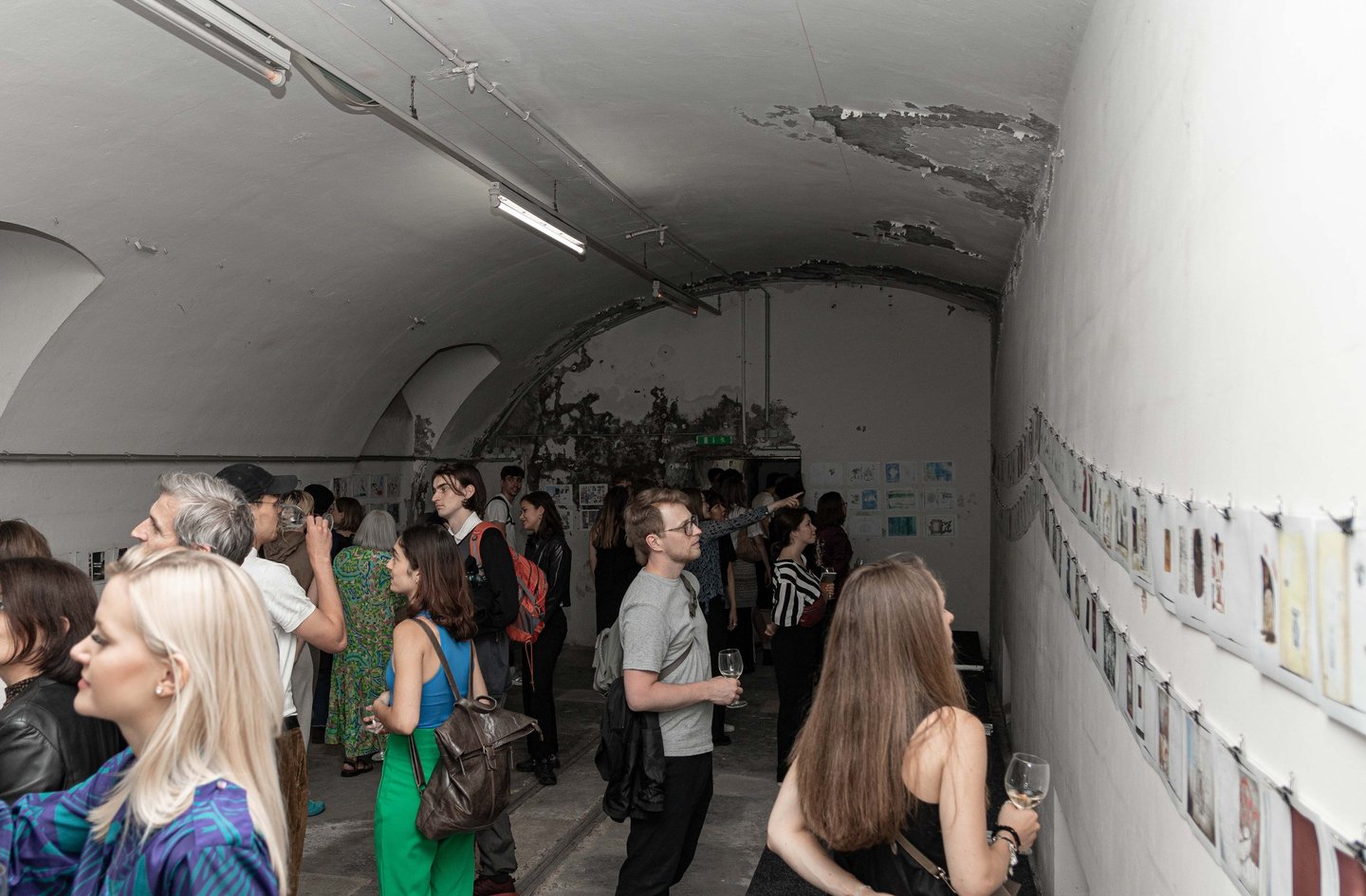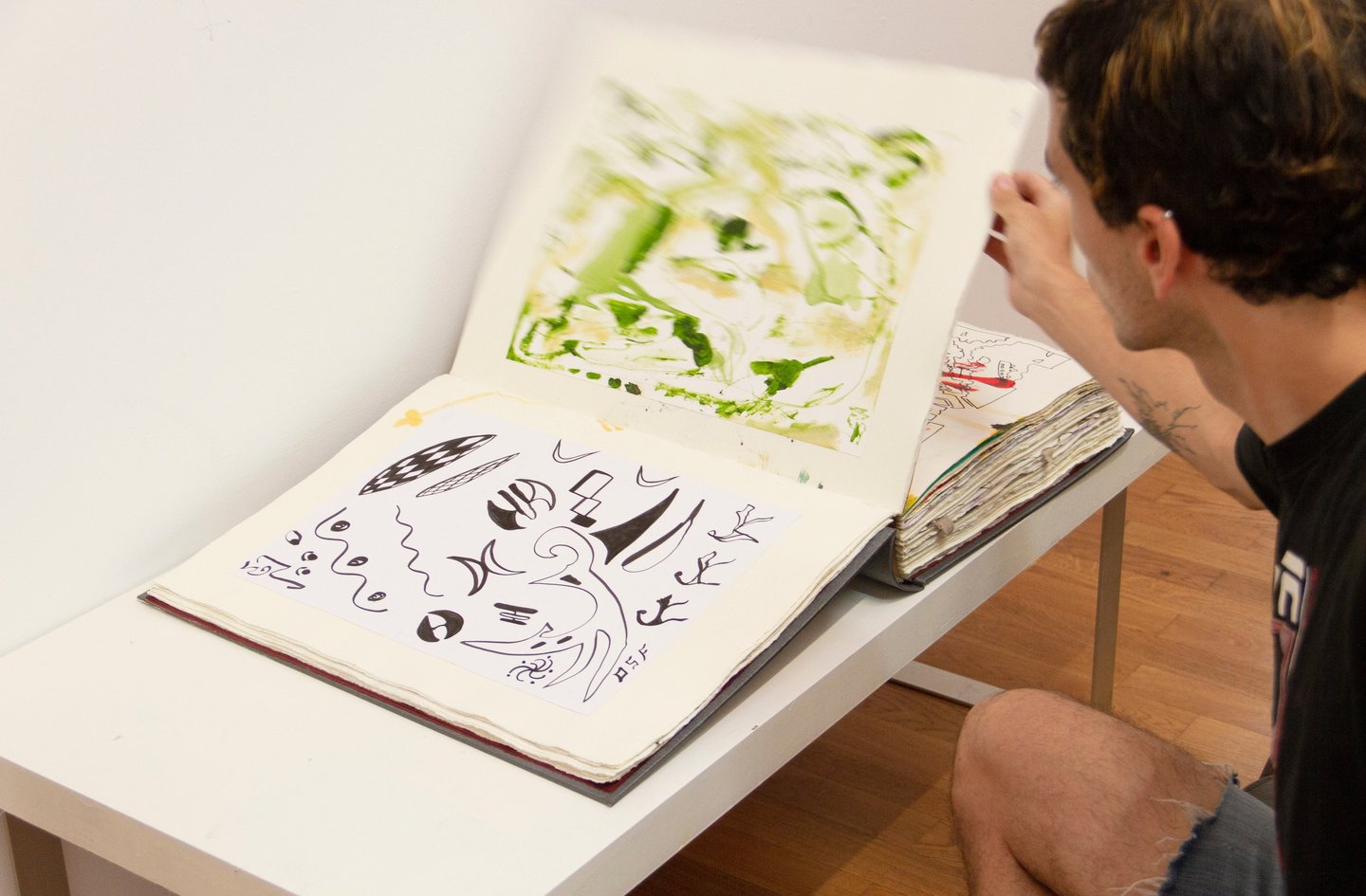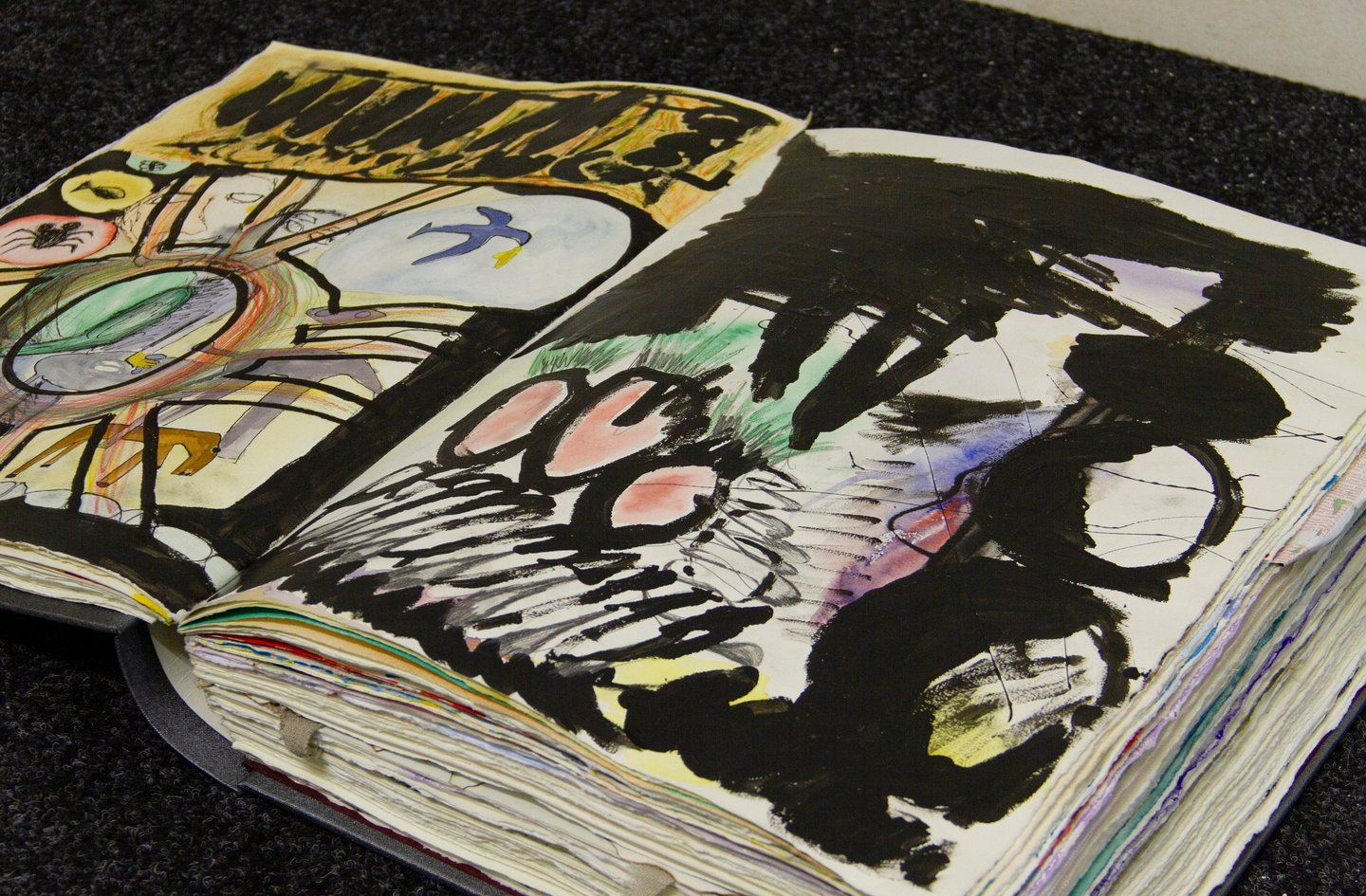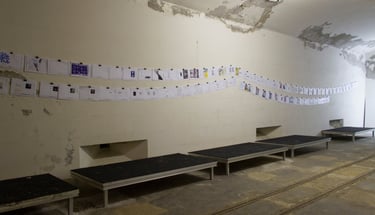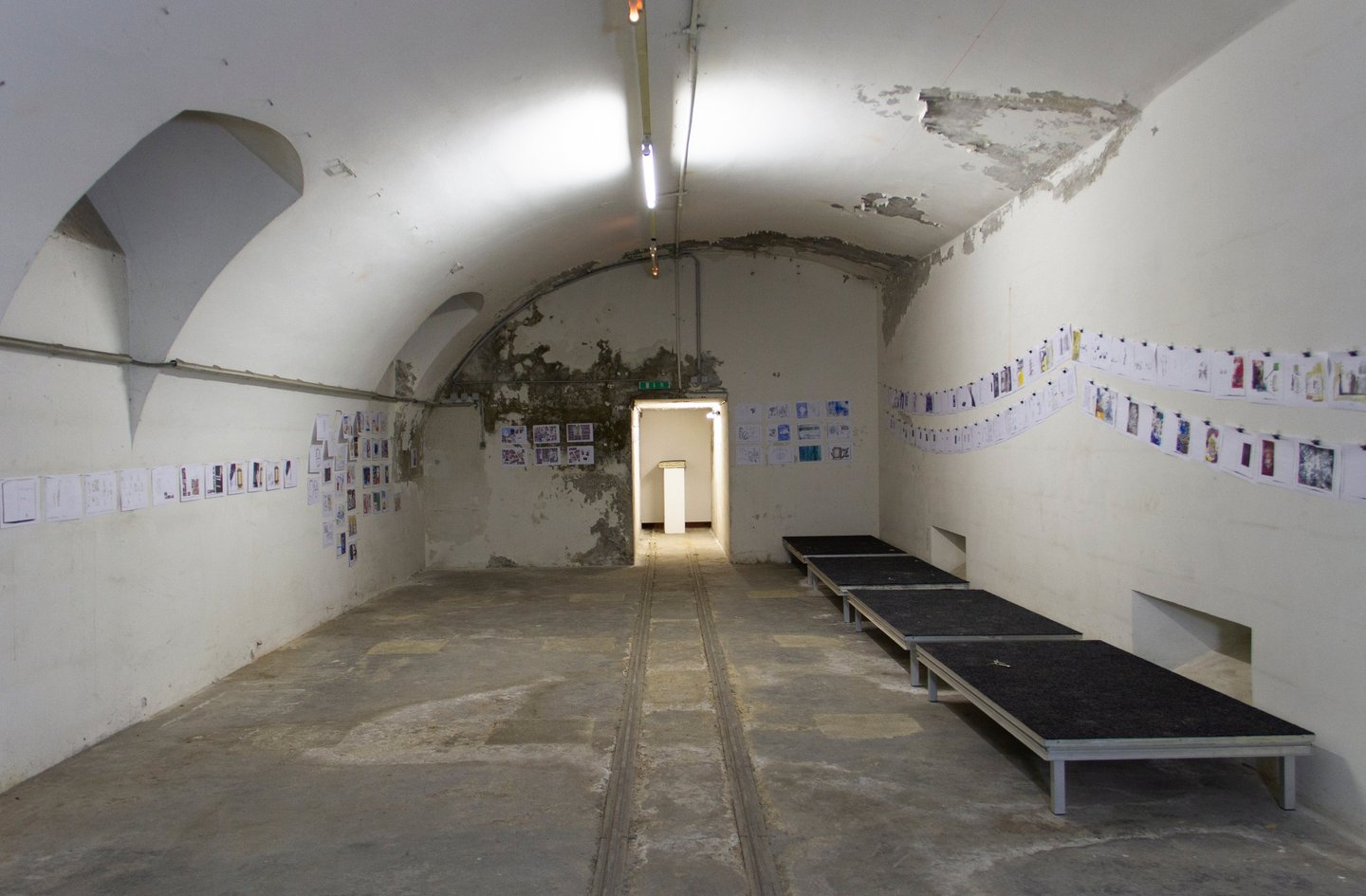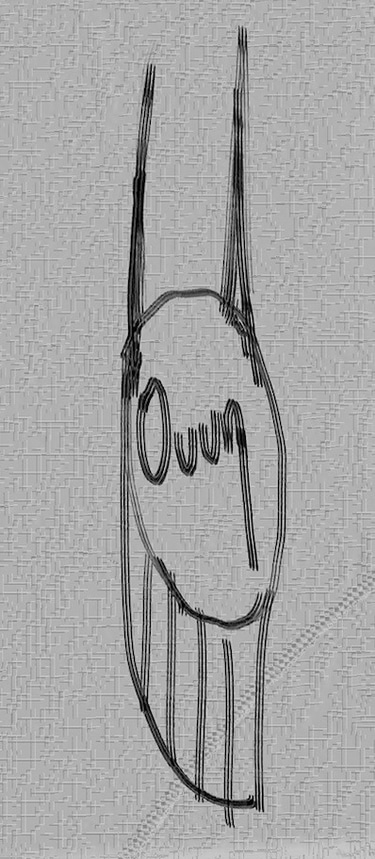ATLAS OF UNEARTHING
organised with Eva Slába
With original works by Students of the painting departments of the Academy of Arts, Architecture and Design in Prague (UMPRUM) and the University of Applied Arts Vienna: Alex Macedo, Ann-Sophie Gehrig, Anna Holínská, Anna Kazantseva, Antonie Zichová, Barbara, Novorodá, Bety Krňanská, Chattip Metchanun, Christian Gailer, Daniil Tsvetkov, Dimitrij Mandzyuk, Ei Ozawa, Elena Altaba Herrán, Emil Puchner, Evgeny Tantsurin, Evelyn Vonesch, Franky Daubenfeld, Hanna Schmidt, Jorinna Girschik, Juliana Castaño, Kaleb Christian, Lavanya Thakur, Lio Bonher,Leonie Plattner, Lisa Maria Wirzel, Lizaveta Hrydziushka, Lucia Schwemer, Lucie Brskovská, Ludovico Scalmani, Lukáš Šmejkal, Marcia Schmidt, Marie Fidesser & Marei Buhmann, Marielena Stark, Markéta Dočkalová, Martina Staňková, Masha Kovtun, Matěj Racek, Naomi Shintani Deibel, Nicolas Garaj, Nikola Kopp Lourková, PoL…, Radim Pergl, Sara Bojovic, Sara Roeth, Sarah Buhmann, Sebastian Mittl, Selana Ayşe Türgen, Šenay Kobak, Šimon Dub, Tamara Pauknerová, Vannesa Schmidt, Yaël Fidesser, Yoon A Lee.
The Atlas of Unearthing is an editorial compendium of more than 150 single-edition artworks by over 50 artists who participated in the exhibition Days of Unearthing at the Czech Cultural Center in Vienna in 2022. It was subsequently exhibited at the Room of Unearthing exhibition at Galerie UM in Prague in 2023. Both exhibitions were curated by Eva Slabá and Daniel Hüttler.
The Atlas is the essential relic and physical manifestation of the collaborative spirit between Prague’s Academy of Arts, Architecture and Design (UMPRUM) and Vienna’s University of Applied Arts (Die Angewandte). It serves as a meticulous document of this unique collaboration, charting the journeys of 55 artists working across painting, sculpture, new media, and performance. Each work explores contemporary heterogeneous micro-odysseys and their inherent contradictions.
As an object, the Atlas transcends the traditional role of an exhibition catalog. Within the Czech Cultural Center, it became an essential map for visitors, guiding them through an intricate space filled with fragmented narratives and “relics” of artistic journeys. The curators designed Days of Unearthing as a kind of time capsule: each room, corridor, and compartment functioned as a stop along the artists’ creative paths, allowing the Atlas to serve simultaneously as a guide and a companion to the viewer’s personal exploration. Inspired by Ursula K. Le Guin’s concept of technology as a “carrier bag” rather than a weapon, the Atlas gathers and preserves these creative explorations, treating them as artifacts of a specific era in Central European art.
In the Room of Unearthing, the Atlas took on an expanded role, bridging the themes of Vienna’s exhibition with new material responses in Prague. Artists from UMPRUM and Die Angewandte engaged in a deeper interrogation of domesticity, preservation, and sustainable production, exploring these themes through a variety of media.
Through each single-edition work, the Atlas became an editorial point of connection, threading together the conceptual and physical elements of both exhibitions. It exemplifies how a publication can encapsulate the ethos of collaborative art-making: it is both a beautifully crafted object and a vital record of an extraordinary artistic dialogue.
Its form as a “relic” reflects both the material residue of the exhibitions and a lasting emblem of cultural exchange between Vienna and Prague. Presenting the Atlas offers a window into these exhibitions, which stand as a testament to innovative, cross-cultural collaboration.
